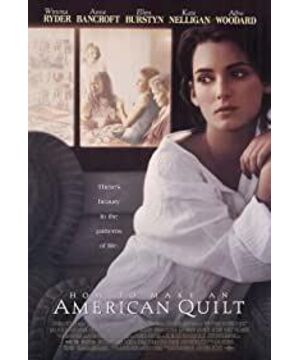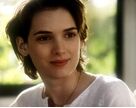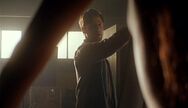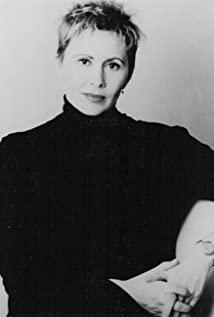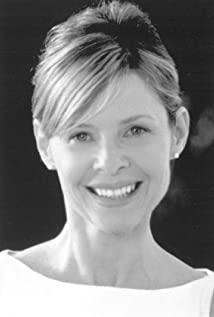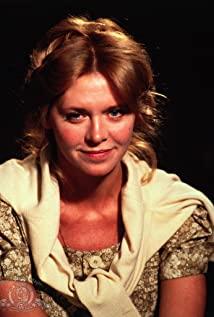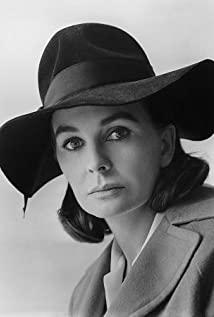In terms of dialogue and surface, it is quite delicate, especially when the viewpoint of the first half of the film wanders among the female groups (this part is also the part that I think is the most detailed part of the novel), in the second half of the film, the viewpoint focuses on the heroine alone. (Especially after the strong wind), the flow of time and space in the whole film advances in a gentle rhythm, and what lies ahead is yet to be solved or revealed, in this long "montage", in a concise and straightforward way. Show - Video (The runaway aunt comes to her husband's studio, the grandmother and aunt reconcile, the mother and daughter reconcile, Sophie puts down her hostility to "smart people", the heroine controls herself to seek fresh ideas (rejects perfection) The flesh, restraining his desires)), other slightly "distracting" details are eliminated, and the film slowly reaches its climax. This is actually a common ending method in Hollywood, but this film is unique. It spends half an hour revealing the choice and fate of each woman, and then sews it lightly and carefully, just like the wedding sheet in the film. Same. This is also a different point in this film, that is, although the way of representation is symbolic, the setting of the symbols is very natural and harmonious, giving people a very comfortable feeling, instead of knowing the acceleration of time and space like many Hollywood movies To the climax of walking to the door (perfect ending - reconciliation of contradictions (new phase)).
Another point that I think can be mentioned, but also understandable. That is, the way the film tells about several other women. Without exception, it begins with the narration of a certain person "now", then the image returns to the time and space of the narrated story, and finally returns to the current exchange scene. What I think is a little lacking is that there isn't enough "heroine point of view" to tell each woman's story. Specifically, the films put too much emphasis on images in presenting a story, and often tell a story in its entirety, in which time and space remain stuck in the past. This allows the protagonist of the film (whose choices connect the fates of all women) to often "disappear" as the story progresses, resulting in a connection between her and their stories so weak that insensitive viewers can It's not necessarily clear that their stories will have an impact on the heroine's choice. So my suggestion is that in the process of the story, occasionally it is necessary to return to the present of the conversation (not only the sound, but also the image) (maybe at some key moments, such as a certain choice of the girl in the story, This choice can attract the attention of the heroine the most. Maybe when she and the current heroine in the story are faced with the same choice, she can choose time and space to return to the present, and let the heroine ask questions or express her views) One thing to note The thing is, if the time and space are switched too frequently, it is easy to lose the sense of slow flow created by the whole film, and it is easy to destroy the sense of nostalgia and ritual, and even a sense of comedy may appear (refer to the Legend of Western Power). So I say that the director's choice is actually understandable, because it requires strong audio-visual control and sensibility.
View more about How to Make an American Quilt reviews


